Table of content
Scallion oil chicken, or Cong You Ji in Mandarin, is a beloved Chinese dish that marries tender, succulent chicken with the aromatic punch of fresh scallions and fragrant oil. This dish, rooted in Cantonese cuisine, has gained global popularity for its simplicity and profound flavor profile. Achieving perfection in this recipe requires attention to detail, from selecting the right chicken to balancing the umami-rich sauce. This comprehensive guide will walk you through every step, ensuring your scallion oil chicken becomes a showstopping centerpiece for any meal.
The Essence of Scallion Oil Chicken
At its core, scallion oil chicken is about contrast and harmony. The chicken, typically poached to retain its moisture, is drenched in a vibrant sauce made from infused oil, scallions, ginger, and soy sauce. The result is a dish where the meat’s mild sweetness is elevated by the sauce’s piquant, savory, and slightly spicy notes. Unlike fried or roasted chicken, this preparation prioritizes texture and purity of flavor, making it ideal for those seeking a lighter yet deeply satisfying meal.
Key Ingredients: Quality Matters
The Chicken
The foundation of great scallion oil chicken lies in selecting the right bird. Opt for a whole chicken (approximately 3–4 pounds) or bone-in, skin-on thighs and drumsticks. Free-range or organic chickens yield superior flavor due to their diet and activity levels. If using a whole chicken, ask your butcher to remove the backbone for easier poaching.
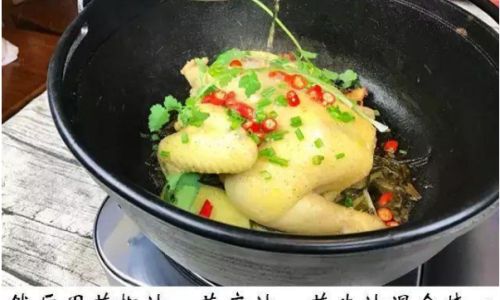
Scallions (Green Onions)
Fresh, crisp scallions are non-negotiable. Look for bunches with vibrant green tops and firm white stalks. Avoid wilted or yellowing scallions, as they will impart a bitter taste. You’ll need about 1.5 cups of thinly sliced scallions (both green and white parts) for the sauce.
Ginger
Fresh ginger adds warmth and depth. Use a 3-inch piece, peeled and julienned. Ginger not only enhances the sauce but also aids in digestion, balancing the richness of the oil.
Oil
Neutral oil with a high smoke point, such as peanut, vegetable, or grapeseed oil, works best. Avoid olive oil, as its strong flavor will overpower the delicate scallions. You’ll need ½ cup of oil for frying the aromatics.
Sauce Base
A combination of light soy sauce (3 tablespoons), dark soy sauce (1 tablespoon for color), sesame oil (1 teaspoon), and a pinch of sugar (½ teaspoon) creates the perfect balance of salty, sweet, and umami.
Step-by-Step Preparation
Poaching the Chicken
Poaching is the gentle cooking method that ensures juicy, tender meat. Fill a large pot with water (enough to submerge the chicken) and add aromatics: 4 slices of ginger, 3 garlic cloves (smashed), and 1 tablespoon of Shaoxing wine (optional but recommended for depth). Bring the water to a rolling boil, then reduce to a simmer.
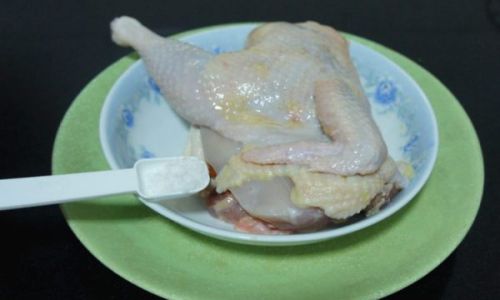
For a whole chicken:
- Gently lower the chicken into the pot, breast-side down.
- After 2 minutes, lift the chicken to drain the cavity, then return it to the pot.
- Repeat this step twice more to ensure even cooking.
- Cover the pot and simmer for 25–30 minutes, maintaining a gentle bubble.
For chicken pieces:
- Simmer for 15–20 minutes until the meat reaches 165°F (74°C) internally.
Pro Tip: After poaching, immediately transfer the chicken to an ice bath for 5 minutes. This “shocking” step halts cooking, preserves tenderness, and firms up the skin for a pleasing texture.
Preparing the Scallion-Ginger Sauce
While the chicken cooks, prepare the sauce:
- Slice the scallions: Thinly slice both the green and white parts on a sharp diagonal for maximum visual appeal.
- Julienne the ginger: Cut the ginger into matchsticks for even cooking.
- Toast the aromatics: Heat ½ cup of oil in a small saucepan over medium heat. Add the ginger and stir until golden and fragrant (2–3 minutes). Remove the ginger with a slotted spoon and set aside.
- Fry the scallions: Increase the heat to medium-high and add the scallions. Fry for 1–2 minutes until crispy but not burned. Drain the scallions on paper towels, reserving the oil.
Assembling the Dish
- Carve the chicken: Once cooled, chop the whole chicken into bite-sized pieces or separate the thighs and drumsticks. Arrange the meat on a serving platter.
- Dress the chicken: Drizzle the reserved scallion-infused oil over the chicken, followed by the light and dark soy sauces, sesame oil, and sugar. Toss gently to coat.
- Garnish: Top with the fried scallions and toasted ginger. For an extra layer of flavor, sprinkle with toasted sesame seeds or a pinch of white pepper.
Troubleshooting Common Issues
Overcooked Chicken
Solution: Use a meat thermometer to ensure the chicken reaches 165°F (74°C) without exceeding it. The ice bath is crucial for preventing dryness.
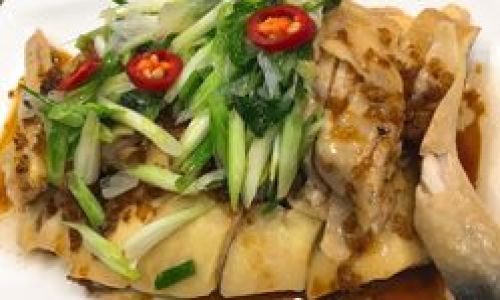
Bitter Scallions
Solution: Fry scallions in batches to avoid overcrowding the pan, which can cause steaming instead of crisping. Monitor the heat to prevent burning.
Oily Sauce
Solution: After frying the scallions, let the oil cool slightly before pouring it over the chicken. This prevents the sauce from becoming overly greasy.
Variations and Customizations
Spicy Scallion Oil Chicken
Add 1–2 tablespoons of chili oil or thinly sliced fresh red chilies to the sauce for a fiery kick.
Herb-Infused Version
Mix in chopped cilantro, mint, or Thai basil with the scallions for a fresh, aromatic twist.
Gluten-Free Option
Substitute tamari or coconut aminos for soy sauce.
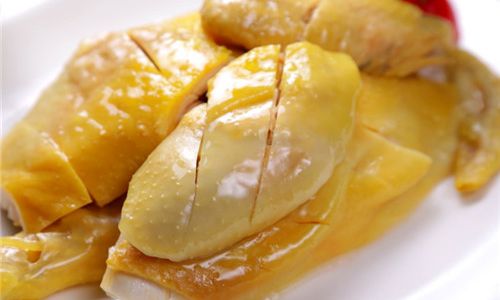
Vegan Adaptation
Use seitan or tofu in place of chicken. Marinate in soy sauce and ginger before pan-frying, then proceed with the scallion oil sauce.
Serving Suggestions
Scallion oil chicken pairs beautifully with:
- Steamed Jasmine Rice: The fluffy grains absorb the flavorful sauce.
- Cucumber Salad: Thinly sliced cucumbers tossed in rice vinegar and sugar provide a crisp, cooling contrast.
- Pickled Vegetables: Quick-pickled daikon or carrots add acidity and crunch.
- Soup: A simple clear broth, like egg drop soup, balances the richness of the dish.
The Science Behind the Flavors
Understanding the chemistry of this dish can elevate your cooking:
- Poaching vs. Boiling: Poaching at a low temperature (160–180°F/71–82°C) denatures proteins gently, preserving moisture.
- Emulsification: The scallion oil acts as an emulsifier, binding the soy sauce and sesame oil into a cohesive sauce.
- Maillard Reaction: Frying the scallions and ginger in hot oil creates new flavor compounds through caramelization, enhancing the dish’s complexity.
Preserving Leftovers
Store leftover scallion oil chicken in an airtight container for up to 3 days. Reheat gently in a skillet with a splash of water to prevent drying. The sauce can be refrigerated separately and reused as a stir-fry base or dip.
Cultural Significance
Scallion oil chicken holds a special place in Chinese cuisine, often served during festivals, family reunions, and celebrations. Its minimalist preparation reflects the philosophy of haochi buji (good food doesn’t require fuss), emphasizing respect for ingredients and tradition.
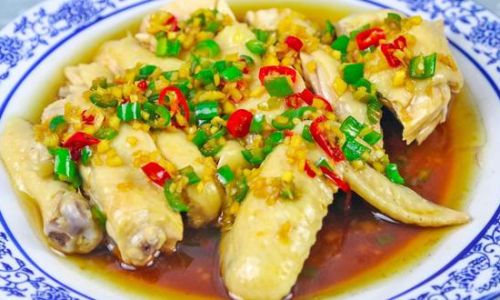
Conclusion
Mastering scallion oil chicken is a journey into the heart of Chinese home cooking. By prioritizing quality ingredients, precise techniques, and a balance of flavors, you’ll create a dish that delights the senses and nourishes the soul. Whether you’re a novice cook or a seasoned chef, this recipe invites creativity while honoring time-honored traditions. So, roll up your sleeves, gather your scallions, and let the sizzle of hot oil transform a simple chicken into a culinary masterpiece. Your taste buds—and your dinner guests—will thank you.

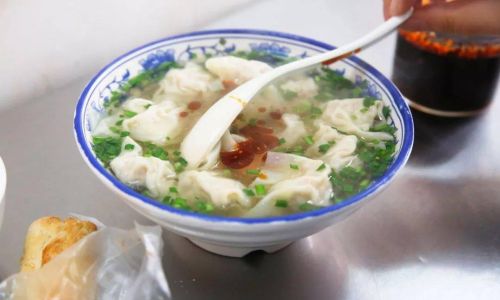
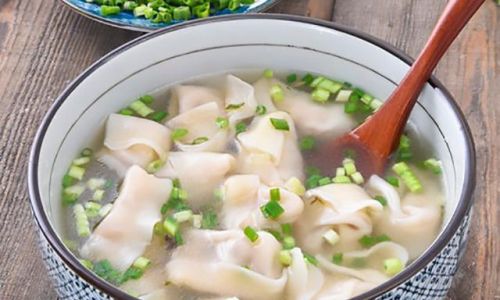
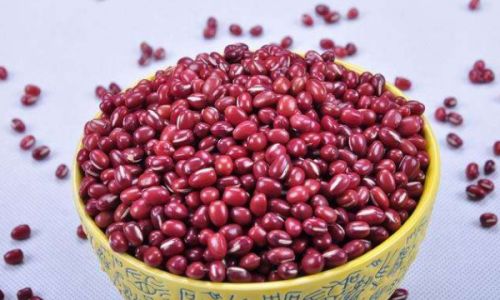
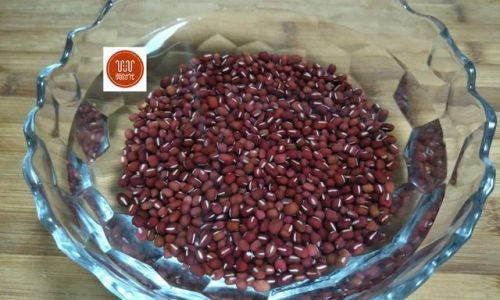
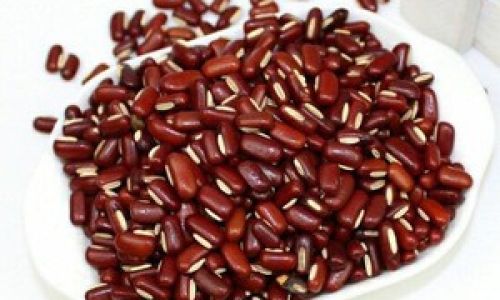
0 comments